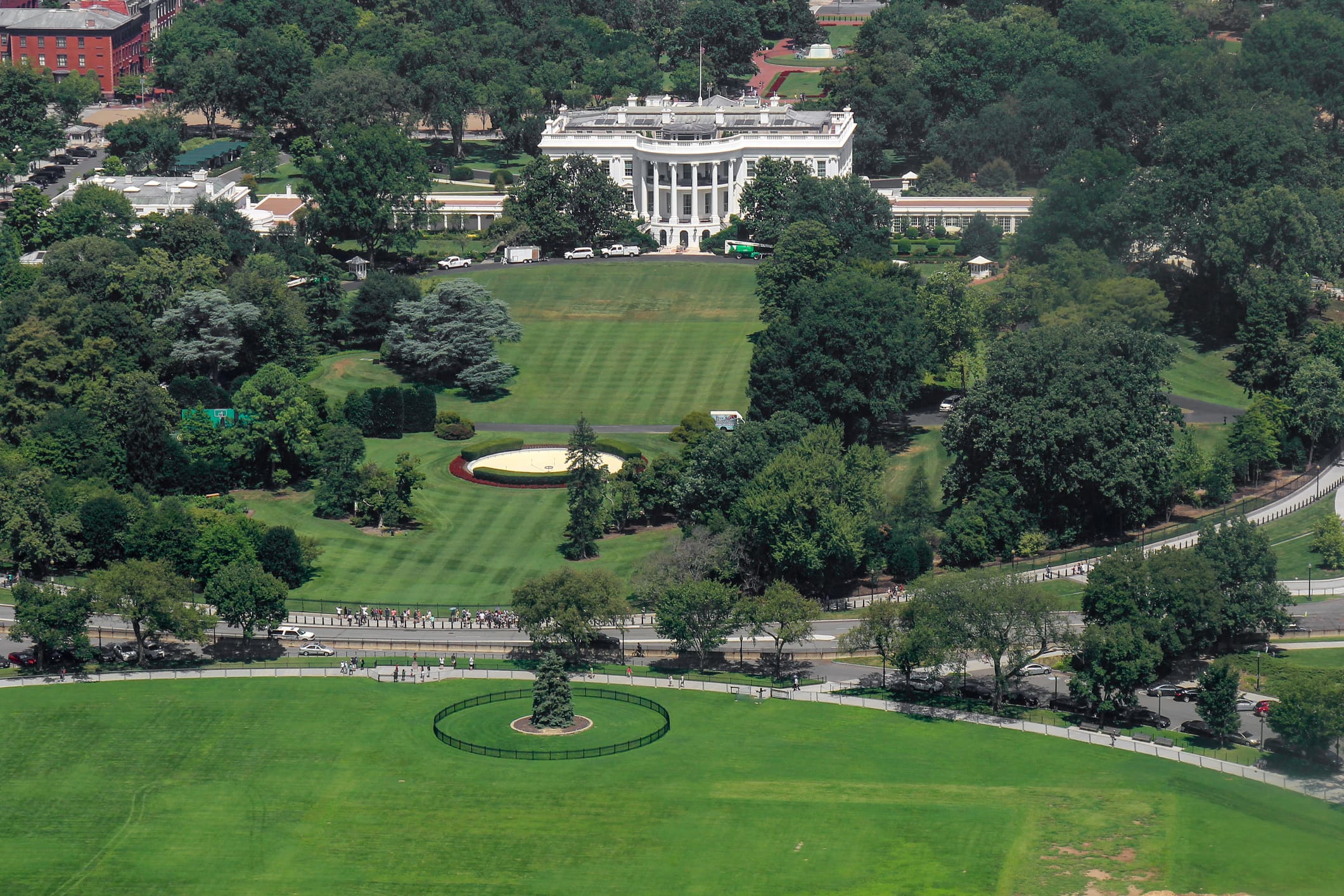WASHINGTON – Federal agencies are investigating at least two mysterious incidents on U.S. soil with some hallmarks of the “Havana syndrome,” invisible attacks reported by American diplomats based in Cuba.
Lawmakers on the House and Senate Armed Services Committee confirmed to NBC News on Thursday that they were briefed in April on the investigation. One of the unexplained attacks, reported by CNN, occurred in November near the Ellipse, the oval lawn south of the White House. The individual who was sickened by the attack is a National Security Council official, people told CNN.
Earlier on Thursday, Director of National Intelligence Avril Haines told lawmakers she would work to provide Congress with more information on such investigations after she was asked about the reported attacks. But she was light on details because the information is classified.
“I completely understand that getting the information is critical for you to be able to respond to these issues and ensure that you’re able to make good decisions,” Haines told U.S. Senator Jeanne Shaheen, D-NH, during testimony before the Senate Committee on Armed Services.
“Our concern obviously with the classification is because it’s either protecting sources and methods and it’s critical to our national security,” Haines added.
In 2016, U.S. diplomats and their support staff stationed in Havana reported hearing strange sounds, steady pulses of pressure in their heads and a number of other bizarre physical sensations. In some cases, diplomats noticed a sharp deterioration in their hearing and vision.
Canadian diplomats serving missions in Havana also reported similar symptoms.
Physicians enlisted by the State Department said that brain scans of 21 affected U.S. personnel showed structural changes to the brain that had not been identified or linked to any known disorder.
The State Department gradually evacuated most of its diplomatic staff from Havana by 2018.
In February, the State Department said that while it investigates mysterious neurological symptoms reported by American diplomats in Cuba, it will install a new senior-level advisor to manage future incidents.
“This advisor will be positioned in a senior role and will report directly to the department’s senior leadership to ensure, as I said, that we continue to make significant strides to address this issue and to ensure our people are receiving the treatment they need,” State spokesman Ned Price told reporters on February 11.
“We have no higher priority than the safety and the security of U.S. personnel, their families, other U.S. citizens both of course in this country and around the world,” he added, when asked about the peculiar episodes experienced by U.S. diplomats in Cuba.
Price also said the investigation is a high priority for Secretary Antony Blinken and that the matter was one of the first briefings he requested from the transition team.
